REBEL Cast Ep114: High Flow O2, Suspected ACS, and Mortality?
REBEL EM
MARCH 2, 2023
Background: Historically, we have treated acute coronary syndrome with supplemental oxygen regardless of the patient ’ s oxygen saturation. More recent evidence, however, demonstrates that too much oxygen could be harmful ( AVOID Trial ) by causing coronary vasoconstriction and increasing oxidative stress. Low O2 protocol: 3.1%


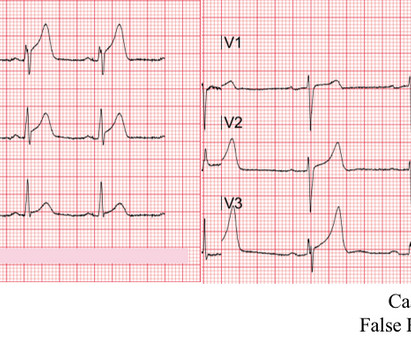

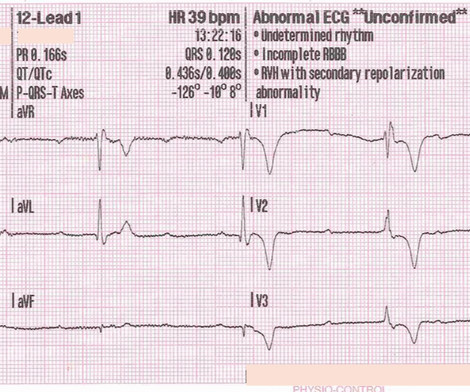

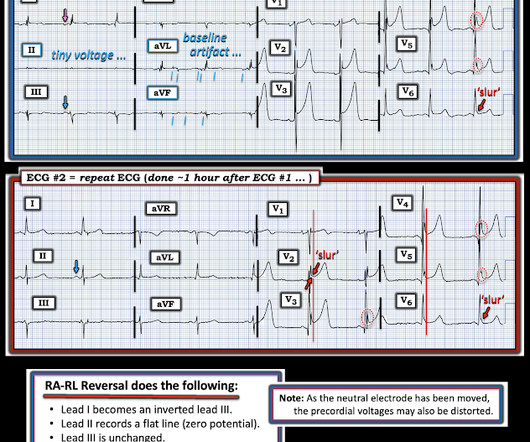

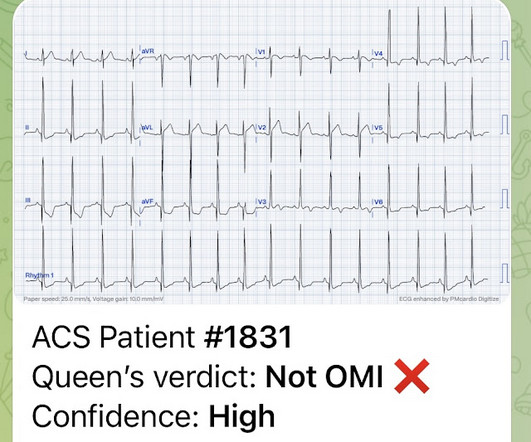
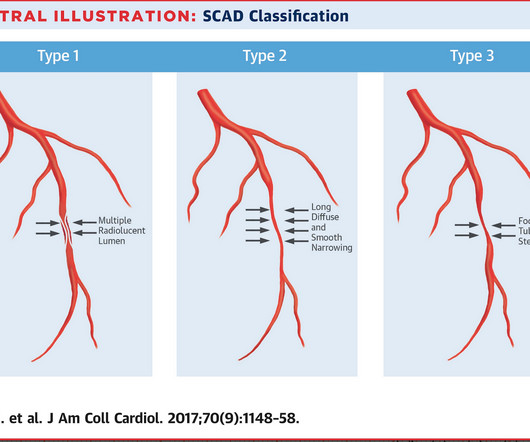
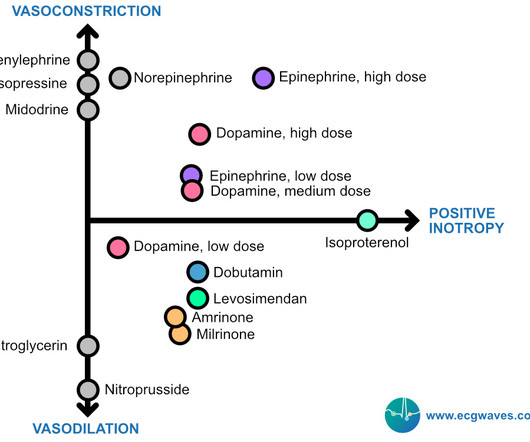
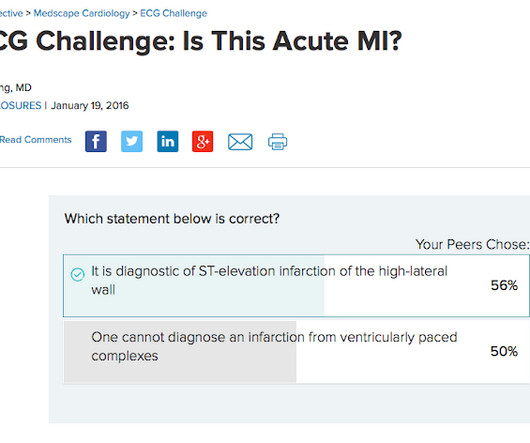


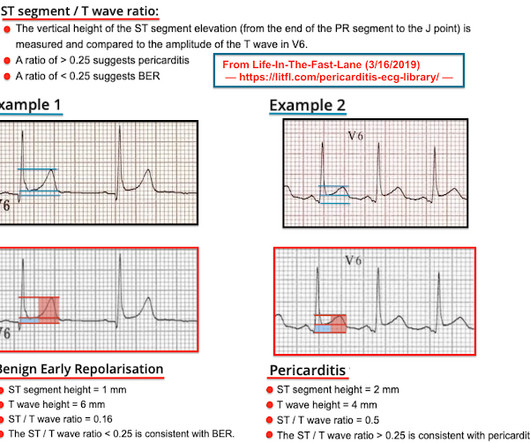

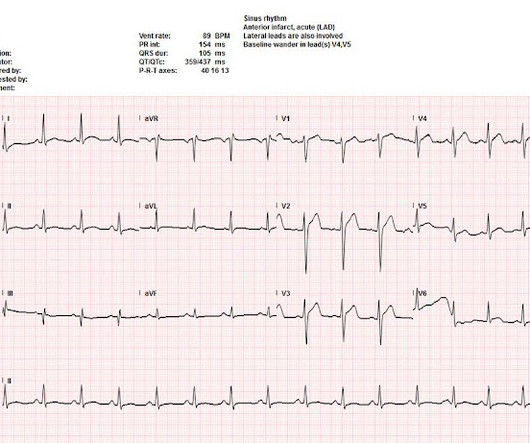








Let's personalize your content